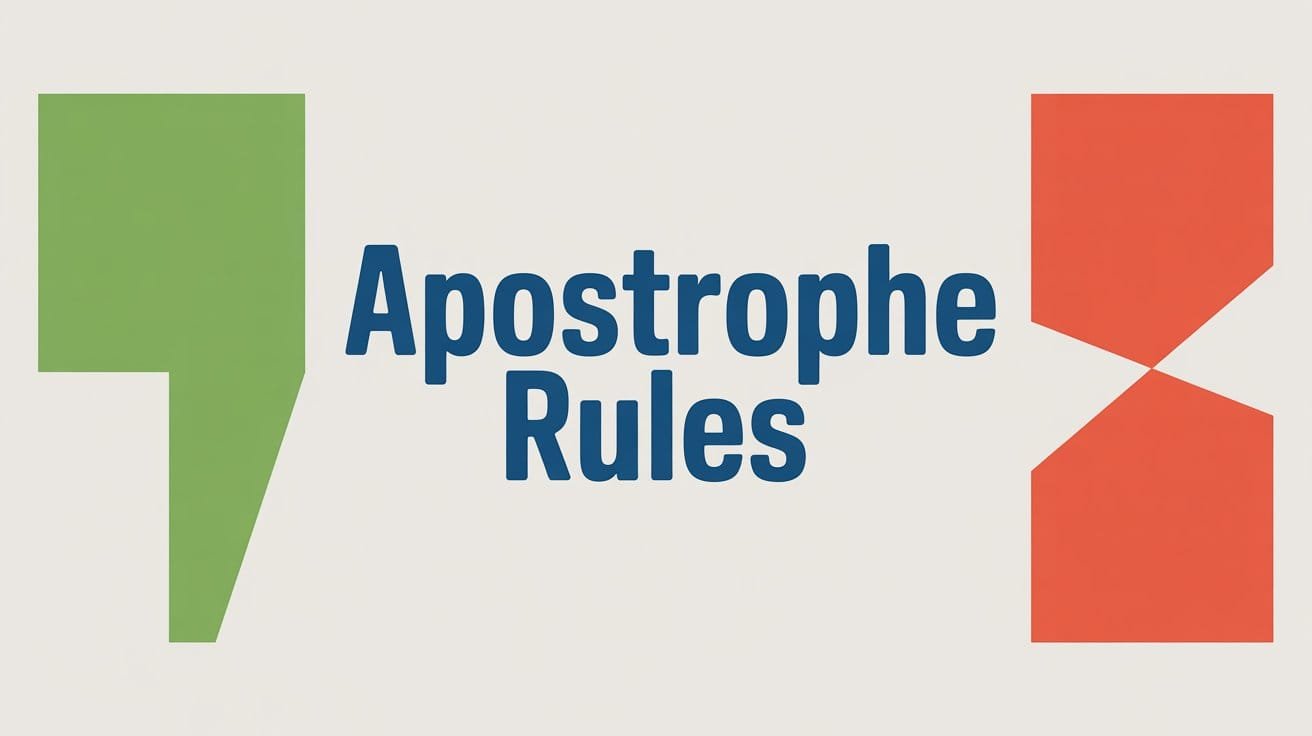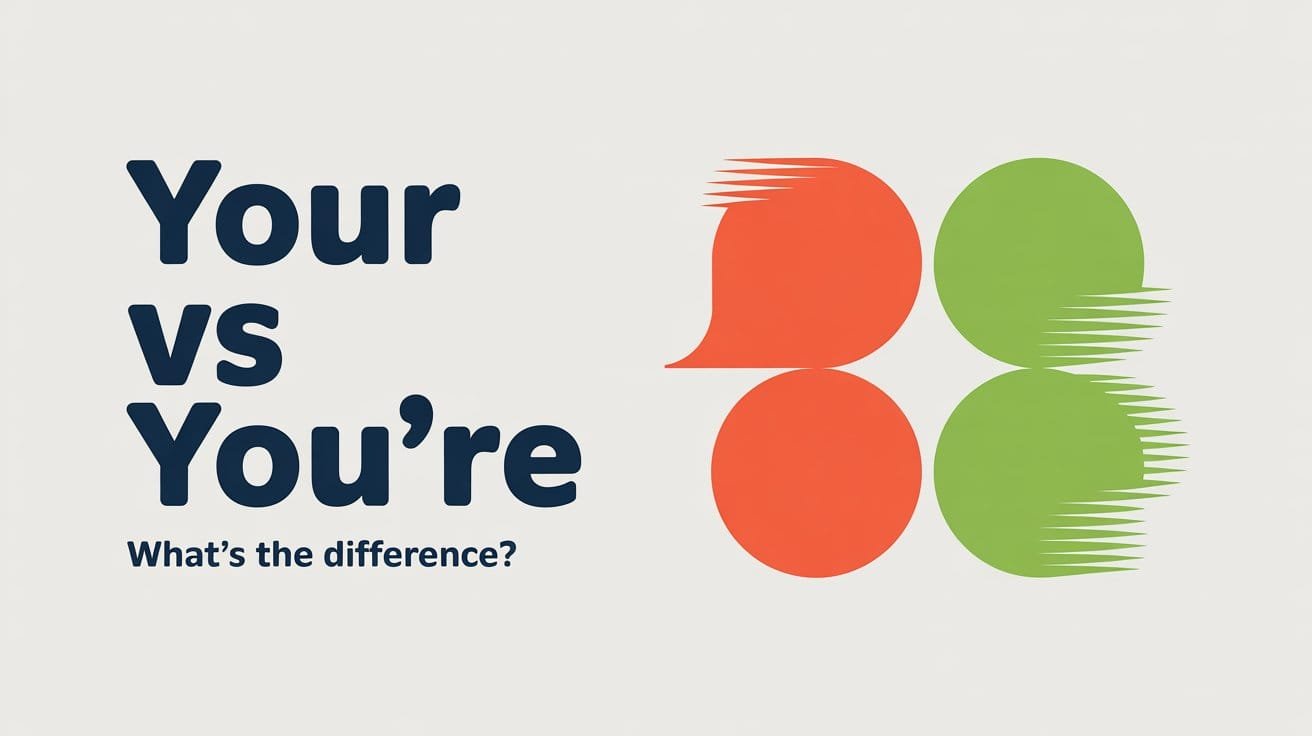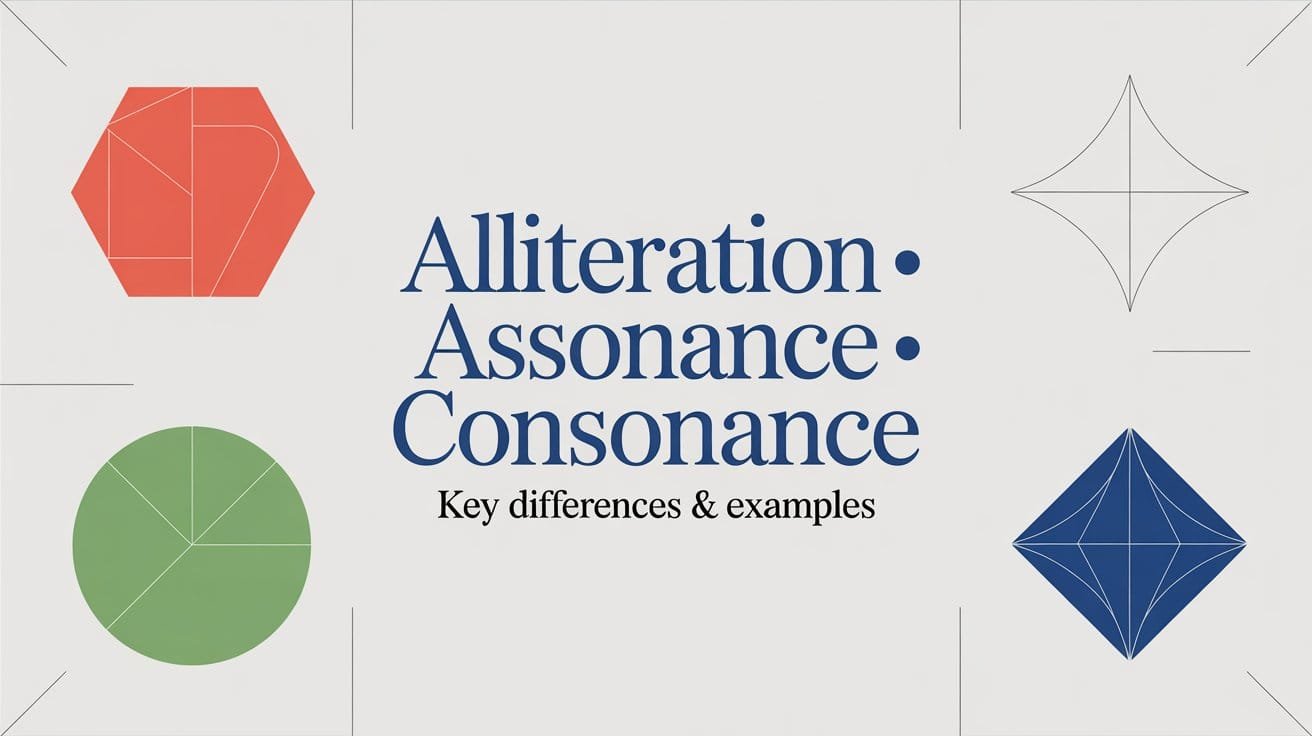The apostrophe (’) plays a big role in writing. It shows ownership and forms contractions by replacing missing letters. Despite its size, it’s one of the most misused marks in English, often added where it doesn’t belong or left out when it should appear.
In this guide, you’ll learn what the apostrophe means, when to use ’s or s’, how it works in contractions, and the common mistakes to avoid.
What Is an Apostrophe? (Meaning and Function)
An apostrophe (’) is a punctuation mark used to show possession or to replace omitted letters in contractions. It appears above the baseline and is often confused with the single quotation mark, though their functions differ.
In grammar, the apostrophe serves two main purposes:
- To show ownership — that something belongs to someone or something else.
- To indicate omission — showing that letters have been left out of a word.
Examples:
- Possession: The manager’s office is on the top floor.
- Contraction: It’s (it is) going to be a long day.
The apostrophe’s placement changes its meaning entirely. For instance, “the boy’s shoes” refers to one boy, while “the boys’ shoes” refers to several. That single shift in position turns the apostrophe into a precision mark; small but powerful in defining relationships between words.
Apostrophes for Possession (Showing Ownership)
One of the main uses of the apostrophe is to show ownership or belonging. It tells readers that something belongs to someone or something else. Depending on whether the noun is singular or plural, the apostrophe appears in different places.
Singular Nouns
For a singular noun, add ’s to show possession — even if the noun already ends with s.
Examples:
- The student’s backpack was left in class.
- James’s jacket is on the chair.
- The dog’s collar needs replacing.
In American English, adding ’s after a singular noun ending in s (like James’s) is considered correct and more natural in writing.
Plural Nouns Ending in S
If a plural noun already ends in s, add only the apostrophe (’) after it.
Examples:
- The teachers’ meeting starts at 3 p.m.
- The players’ uniforms are ready.
- The tourists’ bus arrived early.
This pattern keeps the word easy to read and avoids awkward double s sounds.
Plural Nouns Not Ending in S
If the plural noun doesn’t end in s, add ’s to show ownership.
Examples:
- The children’s playground is new.
- The women’s restroom is upstairs.
- The men’s team won the match.
Names or Proper Nouns Ending in S
Names that end in s can take either ’s or just ’, depending on style. In American English, James’s or Chris’s is preferred; in some British styles, James’ may also be acceptable.
Examples:
- James’s guitar is tuned perfectly.
- Chris’s presentation impressed everyone.
When in doubt, adding ’s helps maintain clarity and consistency across your writing.
’s vs. s’: Apostrophe After S vs. Apostrophe with S
One of the most common sources of confusion is deciding where to place the apostrophe, before or after the s. The difference might seem small, but it changes the meaning of the sentence entirely.
When to Use ’s
Use ’s to show possession for singular nouns, even if the noun ends in s. This pattern indicates that one person or thing owns something.
Examples:
- The girl’s umbrella is red. (One girl)
- The bus’s engine needs repair.
- James’s laptop was left on the desk.
Adding ’s emphasizes that the ownership belongs to one individual or object.
When to Use s’
Use s’ to show possession for plural nouns that already end in s. This tells the reader that something belongs to more than one person or thing.
Examples:
- The girls’ uniforms are ready. (More than one girl)
- The doctors’ lounge is newly painted.
- The teachers’ schedule has changed.
Placing the apostrophe after the s signals plural ownership.
Meaning in Comparison
The difference between ’s and s’ can completely change the meaning of a sentence:
| Sentence | Meaning |
|---|---|
| The student’s books are on the table. | One student’s books. |
| The students’ books are on the table. | Books belonging to multiple students. |
Apostrophes in Contractions (Contraction Grammar)
Another important use of the apostrophe is in contractions. It’s the shortened forms of words where one or more letters are omitted. The apostrophe takes the place of the missing letters and keeps the meaning clear.
Examples:
- do not → don’t
- it is → it’s
- they are → they’re
- I am → I’m
- cannot → can’t
- who is → who’s
In all these cases, the apostrophe shows where letters have been dropped.
For example, in can’t, the apostrophe replaces the missing no; in it’s, it replaces the missing i in is.
While contractions make writing sound more natural and conversational, they are best avoided in formal or academic writing, where full forms (do not, it is, cannot) are preferred.
A common mistake is confusing its (possessive) with it’s (contraction):
- Its shows ownership: The company updated its policy.
- It’s means it is or it has: It’s been a long week.
When Not to Use an Apostrophe
Because the apostrophe appears so often, it’s also one of the most overused punctuation marks. Many writers mistakenly add it to words that don’t need it, especially plurals. Knowing when not to use an apostrophe is just as important as knowing when to include one.
Don’t Use Apostrophes for Plurals
Apostrophes are never used to make words plural. Simply add s (or es) to form the plural.
Incorrect: The photo’s look beautiful.
Correct: The photos look beautiful.
Incorrect: There are many apple’s on the tree.
Correct: There are many apples on the tree.
This rule applies to most regular nouns. No apostrophe is needed when you’re just talking about “more than one.”
Don’t Use Apostrophes in Decades or Abbreviations
Apostrophes are not required to make decades or abbreviations plural.
Incorrect: Music from the 1990’s was great.
Correct: Music from the 1990s was great.
Incorrect: Many CEO’s attended the event.
Correct: Many CEOs attended the event.
Don’t Confuse Its and It’s
Perhaps the most common mistake of all — adding or removing the apostrophe in its or it’s.
- Its (no apostrophe) shows possession: The dog wagged its tail.
- It’s (with an apostrophe) is a contraction of it is or it has: It’s a sunny day.
If you can replace the word with it is or it has, use the apostrophe. If not, leave it out.
Additional Usage Notes and Edge Cases
Some uses of the apostrophe don’t fit the basic rules of possession or contraction. These special cases appear often in real writing, and understanding them helps you use apostrophes with confidence in any situation.
Apostrophes with Letters and Numbers
When writing the plural of a single letter or number, use an apostrophe to make the meaning clear. Without it, the word could look confusing or incorrect.
Examples:
- Mind your P’s and Q’s. (Adding the apostrophe avoids Ps and Qs looking like words.)
- The class of ’25 will graduate next year.
However, when making regular words, abbreviations, or years plural, you don’t need an apostrophe.
Examples: DVDs, URLs, 1990s
The apostrophe in this case isn’t about ownership; it’s simply used for clarity of reading.
Joint Ownership vs. Separate Ownership
The position of the apostrophe can show whether two or more people share something or own separate things.
- Joint Ownership (Shared):
Jack and Emma’s apartment is downtown. (They share one apartment.) - Separate Ownership (Individual):
Jack’s and Emma’s cars are in the parking lot. (Each owns a car.)
A single apostrophe after the last name means the possession is shared. Adding an apostrophe to each name means each person owns something separately.
Apostrophes in Time and Measure Expressions
Apostrophes also appear in expressions of time, distance, or quantity to show that something belongs to that measure.
Examples:
- A day’s pay is better than none. (The pay belongs to one day.)
- Two weeks’ notice is required before you resign. (The notice belongs to two weeks.)
- He completed a mile’s run before sunrise.
Proper Nouns and Brand Names
Many company names, places, and organizations use apostrophes as part of their official spelling. They aren’t optional; they’re part of the name.
Examples:
- McDonald’s serves breakfast until 11 a.m.
- St. James’s Park is one of London’s most famous parks.
- Macy’s opened a new store in Chicago.
Even though these look like possessives, they’re fixed names, so the apostrophe stays.
Descriptive or Relational Phrases
Apostrophes can show a relationship between two nouns; not always literal ownership, but a descriptive link.
Examples:
- The teacher’s guide (the guide written for teachers)
- The patient’s chart (the chart that belongs to the patient)
- The children’s laughter (the laughter produced by children)
Here, the apostrophe clarifies who or what something relates to. It doesn’t just mark possession; it shows association.
Quick Reference: Apostrophe Rules at a Glance
Here’s a simple table you can use to review all the main apostrophe rules quickly.
| Use | Rule | Example |
|---|---|---|
| Singular Possession | Add ’s to a singular noun. | The teacher’s desk is near the window. |
| Plural Possession (ends in s) | Add only ’ to plural nouns that already end in s. | The players’ uniforms are new. |
| Plural Possession (not ending in s) | Add ’s to plural nouns that don’t end in s. | The children’s toys are on the floor. |
| Names ending in s | Add ’s in American English. | James’s book is on the table. |
| Contractions | Use an apostrophe to replace missing letters. | It’s raining outside. |
| Letters and Numbers | Use to form the plural of single letters or digits. | Mind your P’s and Q’s. |
| Time or Measure | Use an apostrophe to show a measure or duration. | Two weeks’ vacation sounds perfect. |
| Joint Ownership | Add the apostrophe only after the final name. | Jack and Emma’s house is near the lake. |
| Separate Ownership | Add an apostrophe for each name. | Jack’s and Emma’s cars are parked outside. |
| Do Not Use for Plurals | Avoid adding an apostrophe to form plurals. | The photos look great. |
Frequently Asked Questions
What are the main uses of an apostrophe?
Apostrophes are used for two main purposes:
To show possession — when something belongs to someone (the manager’s office).
To form contractions — when letters are omitted (it’s = it is).
What is the rule for apostrophe after s?
If a plural noun already ends in s, add only the apostrophe (’) after it.
Example: The students’ projects were displayed in the hall.
This shows that the projects belong to several students.
Is “James’s” correct or should it be “James’”?
Both are acceptable. James’s is preferred in styles like the Chicago Manual of Style. James’ is accepted in AP style. Be consistent with the style guide you’re following.
Do all plural nouns need apostrophes?
No. Most plural nouns do not require apostrophes. For example, write dogs, trees, and books—not dog’s, tree’s, or book’s. Apostrophes are only used for showing possession or contractions.
What’s the difference between ’s and s’?
Use ’s for singular ownership (the dog’s leash) and s’ for plural ownership (the dogs’ leashes).
A small shift in placement changes the meaning completely.
What is contraction grammar?
Contraction grammar refers to the use of apostrophes to shorten words by replacing omitted letters.
Examples:
do not → don’t
you are → you’re
they will → they’ll
What’s the difference between its and it’s?
Its (no apostrophe) shows possession: The cat licked its paw.
It’s (with apostrophe) is a contraction of it is or it has: It’s been a long day.
If you can replace the word with it is or it has, use it’s. Otherwise, use its.



